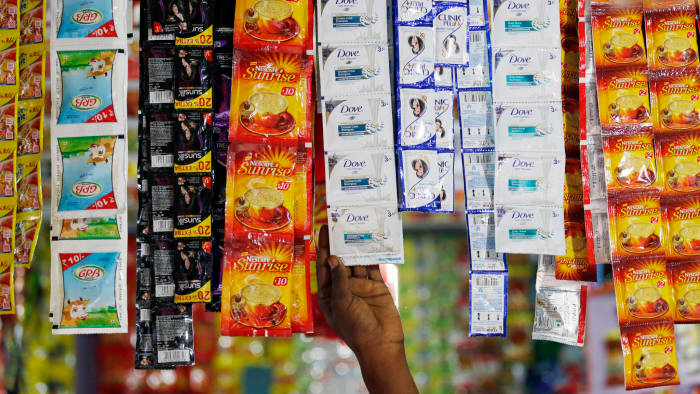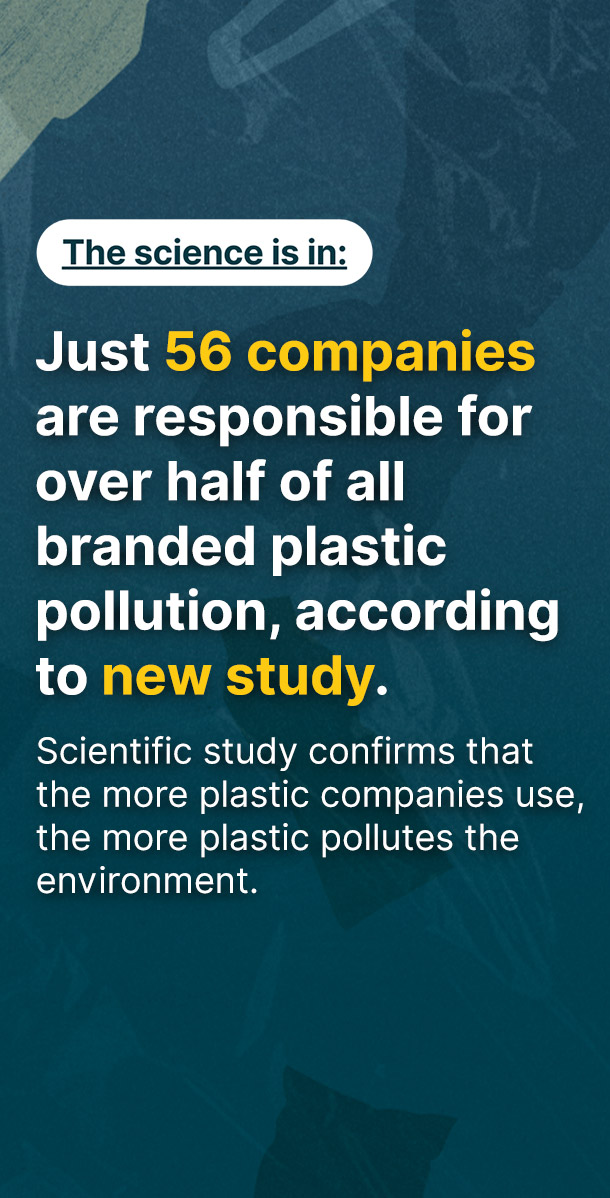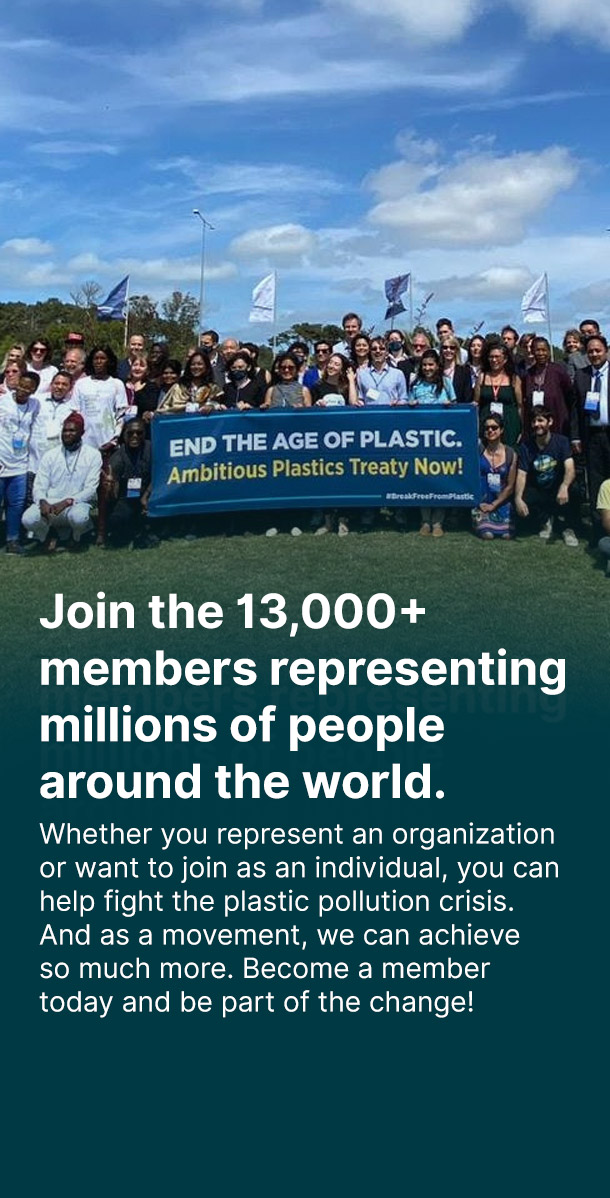The death of Mr. C K Rajkumar made the news on October 7, 2020. An innovator and entrepreneur at heart, the article honoured Mr. CK Raj Kumar as the ‘sachet king’. His shampoo-in-a-sachet (Velvette) was the first on the FMCG scene in India in the 80s, making an entry well before even industry giant Unilever, through its subsidiary Hindustan Unilever. Since those humble beginnings, the market pie of sachet shampoos in India has grown in leaps and bounds. By some accounts, single serve shampoo sachets now constitute 70 percent of the sales value in India.
The economic success of the sachet
A sachet can be described as a flexible, single-serve (or small serve) pouch that is smaller than an A4 sheet of paper and made of either single-layered or multi-layered plastic.The mechanism for the success of sachets is really quite simple. A brand, which hitherto might have been the mainstay of the middle-class, once it is miniaturised and sealed into a sachet, can be bought by even the most cost-conscious. This has led to brands positioning their sachet products as pro-poor, almost leading one to believe that this is a form of service they are offering to the community. CK Prahalad’s 2004 book ‘The fortune at the bottom of the pyramid’, created exactly such a call, urging companies to rise to the challenge of serving the poor; in Bill Gates’ words ‘fight poverty with profitability’. Sadly, the most creative rise to the challenge that companies offered was through the sachet deployment strategy.
However, does the purchase of a sachet-product actually depend on the purchasing power of a person? A 2009 study found that even three decades after Dr. Rajkumar’s innovation, market penetration for sachet-packaged shampoos only stood at 14%. An opinion piece in the Harvard Business Review, meanwhile, advised corporations that making products smaller and cheaper did not necessarily offer them guaranteed access to the ‘poor’ market. It cited an example from the Dharavi slum in Mumbai, where residents had several innovative ways of cutting costs of essential products, without depending on sachets (and brands) to do that for them.
In fact, some academicians question the rationale of brands attempting to sell mini-products to low-income communities. Instead of treating these customers as a group with very specific needs and demands, who can be served through innovation and creative delivery, companies want to cut innovation costs and merely re-package their product in smaller quantities and flood markets with these miniatures. More importantly, they continue doing this even when other modes of delivery might be more successful.
As a case in point, HUL has created campaigns such as Shakti to target the rural markets. On the face of it, the campaign is projected as promoting ‘rural hygiene’ and empowering women; what it actually does is train local village women to act as sales agents for the company where they go door-to-door selling sachets of HUL products. When a door-to-door campaign is being deployed, why still sell sachets when a refill-reuse system could so easily be set up? It appears that Unilever, even under such ripe conditions, is reluctant to discontinue the use of sachets and promote refill systems. This FMCG giant alone sells 27 billion sachet units in the country annually.
One could conclude that brands selling sachets to be ‘pro-poor’ is merely illusory. So who are these companies actually selling to? The newer markets these companies have discovered are not necessarily the poor who are now embracing the new packaging and the reduced price, but an increasing number of urban users (who could otherwise have afforded the product in larger quantities and in a bottle); imagine a single-dose coffee sachet carried to work; a shampoo sachet carried to the gym; a face cream sachet carried on an overnight business trip. Companies, having created the perception that time is money are now capitalising on the perceived convenience, hygiene and correct dosage features of the sachet. This is what enables them to sell in sachets across income groups.
The environmental disaster from the sachet
The problem with plastic-packaging (unlike glass bottles or tin containers) is that they have no inherent value or purpose, once emptied of their contents. This problem is much more pronounced in the case of sachets. They are designed to be discarded after one use, and are impossible to collect back. Sachets typically comprise more than one layer of plastic, and are often combined with layers of other materials such as paper or metal (foil).
Even when collected, the multiple layers of a sachet cannot be separated, thus making it impossible to recover and recycle the different materials. Even a single-layered sachet (made of a single material), because of the additives used for colouring the product or imbuing it with flexibility, fire retardant properties etc, cannot simply be melted and extruded into new products without significant toxic releases from the process.
As the properties of a sachet make it a hard candidate to be recycled, refuse derived fuel (RDF) is now on the ascent as a ‘meaningful way’ of making use of plastic waste. The explanation the public is being offered is that these tonnes of plastic waste need no longer be ‘waste’, but a useful source of energy. An outstanding example is the increasing number of cement kilns which are now running on plastic waste. This is nothing but an unholy nexus between plastic manufacturers and cement companies. Both industries have a proven track record of pollution and contribution to the climate crisis. And the two have now joined hands under the pretense of creating a circular economy. All that RDF does is amplify the toxic properties of plastic through the burning process.
Neither pro-poor, nor climate friendly
The sachets’ small size, which gives it a 5-star rating for convenience, is also the reason they are hard to collect. That they additionally have little to no re-sale value means that they are not worth being collected and transferred to any site by waste pickers. They therefore lie where they are discarded, until finally one day, either rainwater borne, or wind borne, they are transported into conduits and culverts of a storm water drain, causing local flooding. Ultimately, whether it ends in a landfill or blocking a storm-water drain or in a garbage pile or as refuse derived fuel or in an incinerator, a sachet’s end of life journey is typically in the backyard of a low-income community. All this, ostensibly from a product that was designed to open up a world of branded opportunities to the poor.
The sachet then, once perceived as shimmering with opportunities to help the poor, is now fast losing its sheen. With millions of tonnes of plastic already accumulating in landfills, people and governments are waking up to the fact that sachets are a waste nightmare. The big players in the business like Unilever and Nestle are jostling for space in what is essentially a very crowded market. Market research after market research indicates that sachets are becoming the mainstay of the Indian middle class. It’s now there for all to see that the poorer communities who are touted as the beneficiaries of the sachet business, are actually the victims of the sachet market.
It is well within the reach of companies and brands to cope with a complete sachet ban. They just have to bring their much celebrated innovation powers and design capacity, to create solutions that are truly pro-poor. Refill and reuse systems are all possible for brands to achieve to let them continue selling across geographical areas and income brackets. Come on brands! Let us see some of that determination that innovators and entrepreneurs brought to the business to create sachets in the first place! Let’s right this wrong!
About the image
Creator: Vivek Prakash
Credit: Bloomberg
Copyright: 2014 Bloomberg Finance LP




